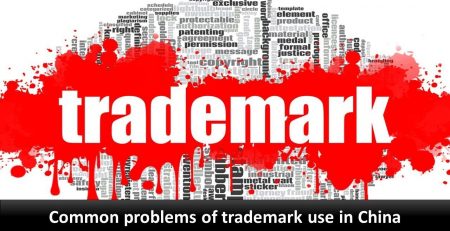A Look Towards the Future of Intellectual Property Insurance
The expansion of start-up culture has resulted in a massive rush of investment, resulting in the creation of entrepreneurs by the second. Many start-ups have important intangible assets, such as Intellectual Property. It might be a trademarked logo or phrase, or a patented technology.
If you’re a startup CEO or entrepreneur, securing your intellectual property may reduce a lot of worries while also providing an extra layer of security for your company’s assets, trade secrets, and technologies.
Insurance Coverage Policies are divided into four categories.
Infringement Defence Coverage
When a company is accused of infringing on another company’s intellectual property, this policy provides for defense costs. Any litigation and settlements are covered by the insurance company. You don’t have to pay for the litigation if you’re found guilty of infringing on a patent, trademark, copyright, or any other kind of intellectual property. During the policy period, a defense policy protects the insured from any intellectual property holder who files an infringement claim against him. Patent, copyright, and trademark infringement claims may be covered by such a policy, although coverage may be limited to one or more of these rights, or any combination of them, depending on the policy. The defense attorney’s expenses, as well as any settlement costs or damages (if any) awarded under this insurance, are covered by the insurer. Defensive policies are based on the duty to defend the insured, which arises when a claimant makes a claim that the insurance policy may or may not cover.
Commercial General Liability Insurance
Standard-form CGL policies frequently include “advertising injury” (sometimes known as “personal and advertising harm”), which can cover a variety of IP claims depending on the policy’s definitions.
However, a CGL policy’s “advertising injury” coverage will not cover all IP-related claims. Policyholders have had mixed results because to varying definitions of “advertising injury,” multiple limitations included in certain CGL policies, the specific circumstances of the claims, and the legal theories asserted. For example, claims for copyright infringement, trademark infringement, service mark infringement, and trade dress infringement are usually covered under a CGL policy’s “advertising harm” coverage (unless excluded). However, obtaining coverage for unfair competition claims under the CGL policy’s “advertising injury” coverages may be more difficult unless the allegations involve “misappropriation of advertising concepts or manner of conducting business” or “use of another’s advertising concept.”
Coverage for Enforcement of IP Rights
This coverage aids the insured party in taking proactive measures and swiftly enforcing their rights. This aids in the development of an offensive strategy in which infringers are sued at the first sign of illegitimate IP infringement and usage. The insurance company will fund the lawsuit, allowing you to prohibit infringement of your trademarks, copyrights, or patents, as well as collect damages for previous infringement and usage. In general, the policy covers claims for copyright infringement, trademark infringement, misappropriation of a slogan or title, trade libel, invasion of privacy and publicity, and breach of an implied contract originating from the alleged use of a submission of an idea or other material. The insurance, however, do not cover the insured for any type of offensive litigation.
Media Liability Insurance
Media liability plans address the risks of businesses that develop or utilize non-patentable intellectual property, such as media of entertainment corporations. The plans usually cover liabilities arising from the dissemination of the policyholder’s creative works and/or advertising for such works throughout the insurance period. They are also usually “named peril” plans, which implies they only cover a restricted number of causes of action, such as one or more of the following: Copyright infringement, theft of non-copyright ideas, trademark infringement, and breach of an implied contract pertaining to the submission of an idea or other intellectual property by a third party. The coverage covers defamation, trade libel, infliction of emotional distress, and violation of privacy rights, as well as the submission of an idea or other creative content to the policyholder.
Intellectual property insurance may not be essential for some businesses. For a small technology company with an intellectual property portfolio as perhaps the most valuable resource, or a new competitor attempting to break into an industry where actively enforced intellectual property rights are the rule rather than the exception, the right level of insurance protection could mean the difference between survival and mortality. Given the high value of intellectual property, an increasing number of policyholders are negotiating custom insurance plans to effectively manage their intellectual property.











